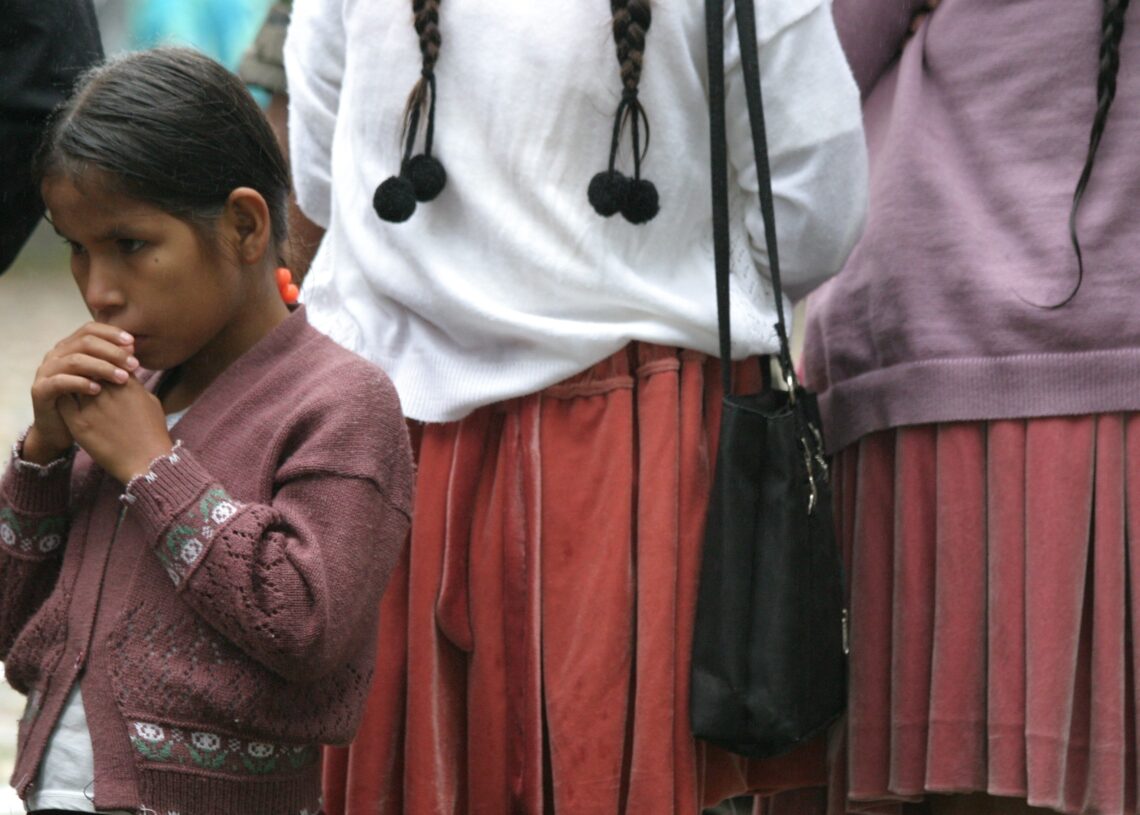Nuria Romo-Avilés/ Expert in gender and drugs. University of Granada (Spain)
Gender equality emerges as one of the fundamental objectives to build a peaceful, prosperous and sustainable world in the 2030 Agenda for Sustainable Development and its achievement involves implementing drug policies with a gender perspective in the world.
We know that, in the case of women, Together with the specific risk factors that they have when they consume or traffic drugs, structural inequalities are produced that affect them due to their over-participation in care tasks and their lack of representation in political and economic decision-making places. These inequalities are built from gender, this being the one that articulates social and cultural factors that affect men, women, boys, girls, and people with gender diversity in their experiences in the performance of roles, relationships, opportunities or customs.
In the use and abuse of drugs, sex and gender interact in a complex way and affect public policies, while other factors such as social class, mother tongue, ethnicity, age, religion or sexual orientation affect this interaction and are key in generating public policies on drug addiction with a gender perspective.
Gender and consumption
Gender roles and relations affect use, access to substances, initiation of use, responses to advertising, marketing, and promotion of legal substances, and how substance use functions to respond to gendered experiences of trauma, care, poverty, social ties, inequality or marginalization.
Gender affects treatment responses, policies, and health promotion or harm reduction messages. So there are many aspects of drug policies that need this perspective and the experiences are very incipient. Prevent with a gender perspective to help avoid risks or intervene on the most extreme axes of inequality, such as gender violence in all its forms, are examples of a sensitive policy.
Good practices
The truth is that we need evaluated examples to help us understand how to include gender to generate a successful response. In this sense, we find experiences such as the school prevention program: “Game of Keys” of the Proyecto Hombre Association, implemented in several Spanish autonomous communities, which tries to incorporate the gender approach in a transversal way, involving women specifically, achieving a differential effect on self-esteem that increases in the group of the teenagers. Their results indicate the need for preventive programs to include components that address inequalities and specific situations of vulnerability based on gender, in addition to gender indicators that allow measuring the effectiveness of these interventions in both sexes .
But also gender and other variables of inequality such as social class, mother tongue, disability or age reinforce each other, contributing to the greatest inequality suffered by women: gender violence in all its forms. Gender violence is one of the most appalling manifestations of inequality. According to the WHO, nearly one in three women worldwide has experienced intimate partner sexual violence, non-partner sexual violence, or both in her lifetime. In drug policies, it is necessary to raise awareness and intervene on the different types of violence in spaces where psychoactive substances are used or abused. In this sense, interventions such as the Noctámbul@s observatory, line project: “Drugs and Gender” of the Health and Community Foundation to address sexual violence in nightlife and drug use environments has launched a line of prevention and risk reduction in recreational contexts, based on a approach based on actions of universal and selective intervention from the gender perspective. Through research, training, awareness and support to municipalities and entities in the development of protocols to address sexist violence in festive spaces, the design of public policies from feminist perspectives is favored.
In summary, These good practices show how a feminist agenda in drug policies must be intersectional and loudly collect the discourse of women or non-binary gender populations, expanding the models and innovating in the methodology to capture the complexity of gender. and provoke a cultural change in all the institutions that generate drug policies. Much remains to be done since it is necessary to innovate methodologically, access the contexts in which gender is constructed and give voice to the protagonists, but above all,try to avoid excessive criminalization and the stigma that deepens social gender inequalities.






